How to Get Rid of Grasshoppers in Your Garden: 9 Methods
-
Codee Chessher
- Last updated:
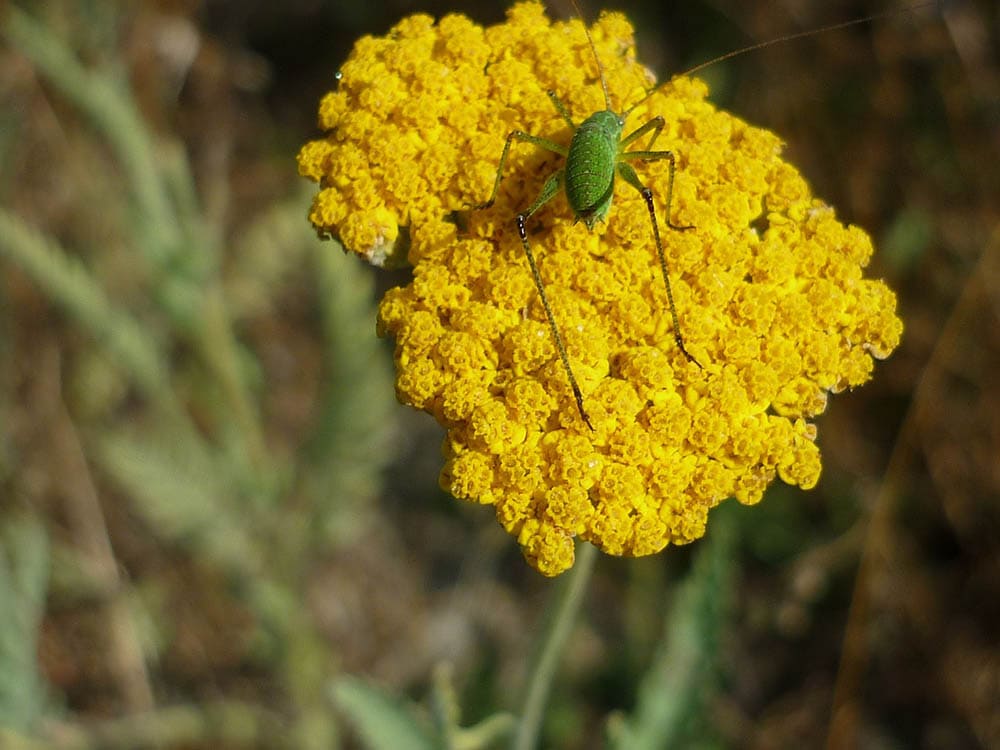
Grasshoppers are typically harmless insects, but in large numbers, they can cause significant damage to gardens and other desirable foliage. If you’re seeing a lot of grasshoppers causing damage to your plants, it’s time to find a solution. For the best results, combine elimination and prevention tactics to kill and repel grasshoppers. Let’s check out some of the best ways you can accomplish this task.
The 9 Methods on How To Get Rid of Grasshoppers in Your Garden
1. Dust Your Plants With Flour
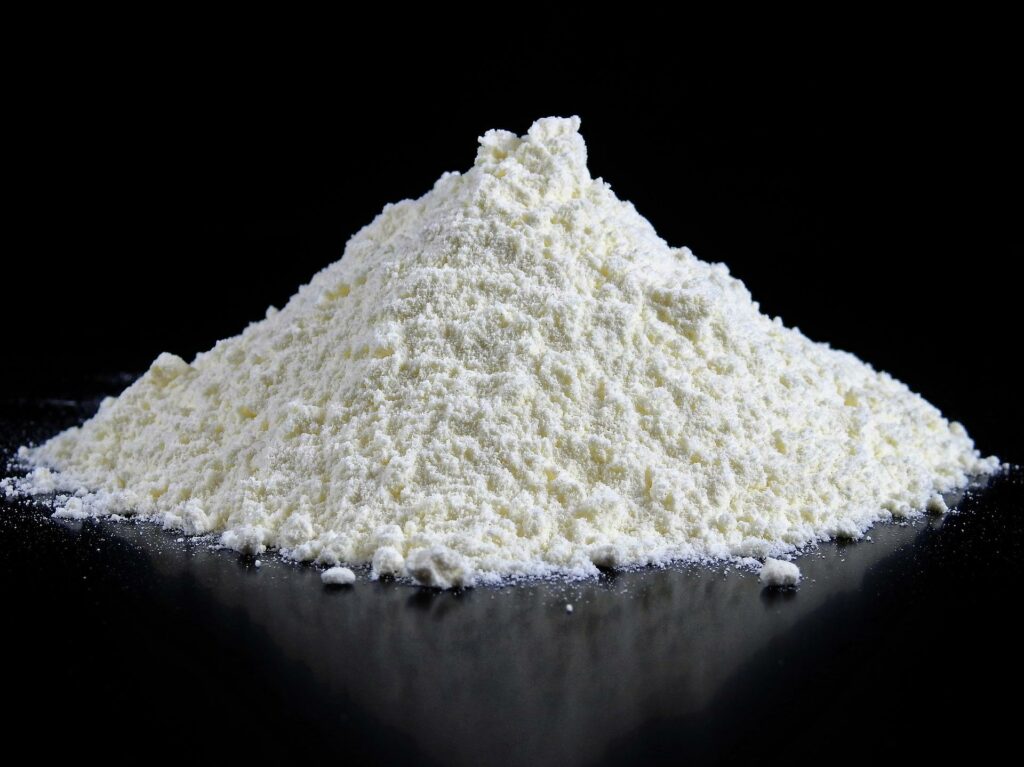
A simple but surprisingly effective way to prevent grasshoppers from munching on your plants is flour. By lightly coating your plants’ leaves and foliage in flour, grasshoppers will have their mouths gummed up and be unable to eat. The main downside is that you need to reapply flour every time it rains.
2. Attract Natural Predators
Grasshoppers are more mobile than humans, but they have a number of natural predators. Swallows, snakes, frogs, and praying mantis bugs all eat grasshoppers, so attracting them is a great way to reduce grasshopper populations before they get out of control. Try putting a bird bath and feeder in your yard to attract birds that will snack on the grasshoppers nearby.
3. Till the Soil
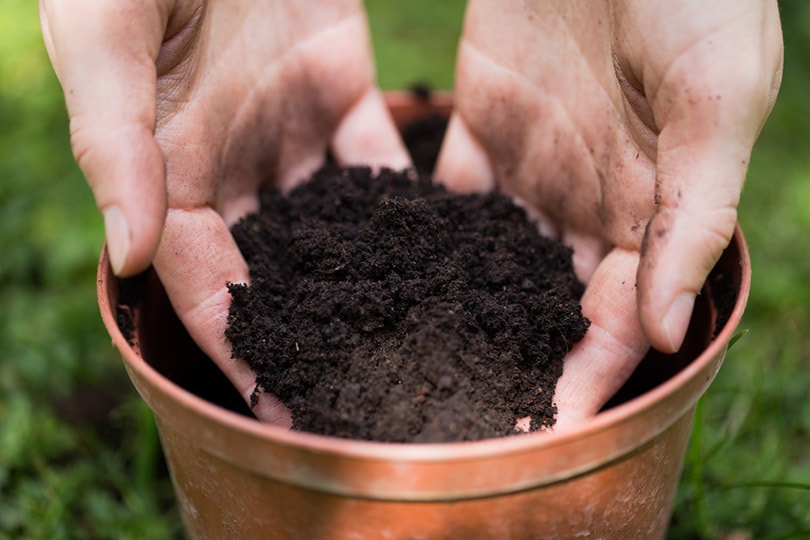
Grasshoppers lay eggs in the soil during the mid and late summer, so till the ground in your garden and yard to eliminate eggs. You won’t be able to get them all, and the remaining eggs will spend the fall and winter in the soil, then hatch in the spring. Till the ground again in the late fall and early spring to destroy even more eggs. This method isn’t foolproof, but it will help control grasshopper populations, which is invaluable with heavy infestations.
4. Apply Repellent Odors
Like all animals, grasshoppers dislike certain odors and will avoid them when possible. Vinegar, cayenne or chili pepper, and garlic are a few odors we know that grasshoppers hate. By mixing them with water in a spray bottle and applying them to plants, you can deter grasshoppers from feasting on your prized garden or vegetable plants. This method works best on small grasshopper infestations and will be more ineffective with large populations.
5. Create Barriers

If you’re worried about grasshoppers, one of the best ways to prevent damage is to cover your plants. Cheesecloth, plastic sheeting, floating row covers, and crop covers are great ways to protect young and vulnerable plants from grasshopper damage. This method focuses on prevention and should be combined with an elimination method for best results.
6. Get Chickens
Chickens, ducks, and geese are all huge fans of grasshoppers and can decimate a local population within days or weeks. If it’s feasible, one or two chickens left to roam your yard can dramatically reduce or even halt grasshopper infestations in their tracks. Sadly, this option isn’t possible for everyone because animal care is a job of its own.
7. Kill Weeds
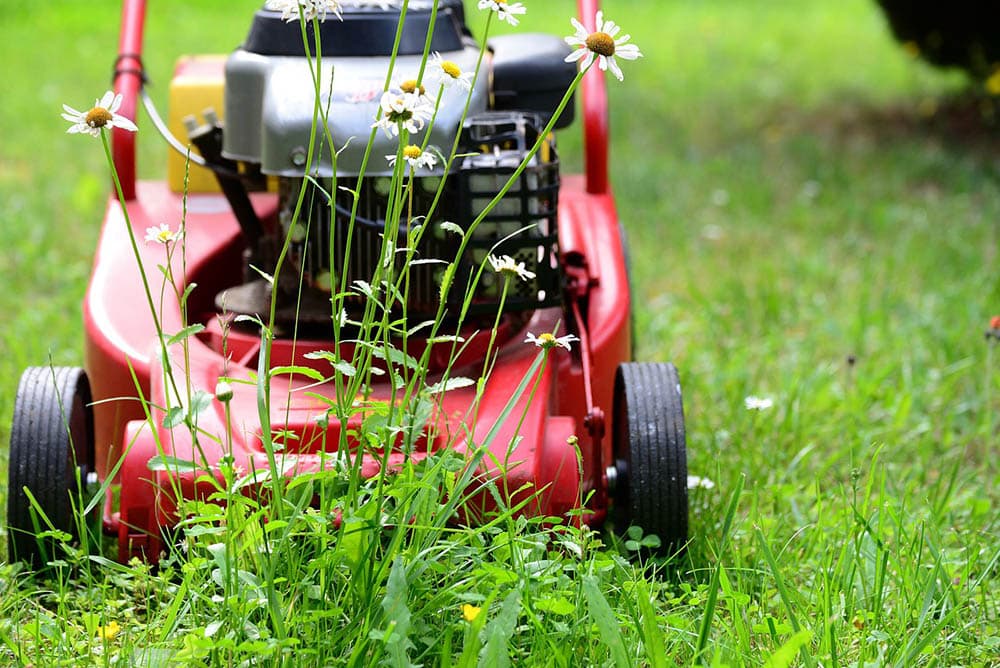
Weeds in any area of your property can feed young grasshopper nymphs and encourage larger populations. By regularly weeding all areas of your yard, garden, and property, you can make a huge difference in how many grasshoppers survive to damage your garden plants. Regularly pruning plants and trees can also help reduce the places grasshoppers can hide. This won’t do anything to get rid of grasshoppers causing you problems now, but it is a valuable long-term strategy that always helps.
8. Use Bait Traps
Homemade or commercial bait traps can be very effective in combating grasshopper infestations. An easy homemade solution is to mix 9 parts of water with one part of molasses in a large bowl, then leave the bowl outside. Grasshoppers and other bugs will be attracted to the sugar and climb into the bowl, where they will drown. Commercial bait traps that contain carbaryl or are marketed as “grasshopper bait” are also very effective when combined with other prevention and elimination methods.
9. Use Insecticides
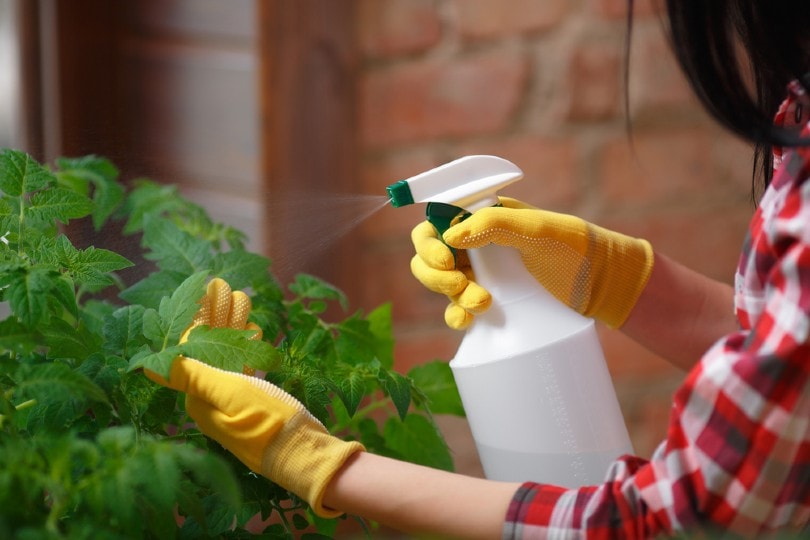
Insecticidal sprays are an extremely effective way to kill grasshoppers, but many formulas have toxic chemicals. For an organic solution, use a neem oil spray or insecticidal soap. Biological control agents like nosema locustae can also be effective, which can kill caterpillars and crickets too. Heavy-duty pesticides are most useful with large infestations or commercial crops where plant damage can compromise entire crops.
Conclusion
Grasshoppers are harmless in small numbers, but in large numbers, they can wreak havoc on gardens and crops. By combining elimination and prevention tactics like those listed above, you can get your pest problem under control in no time.
Featured Image Credit: jurgko, Pixabay
Contents
